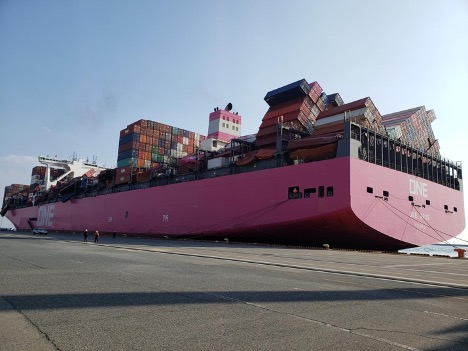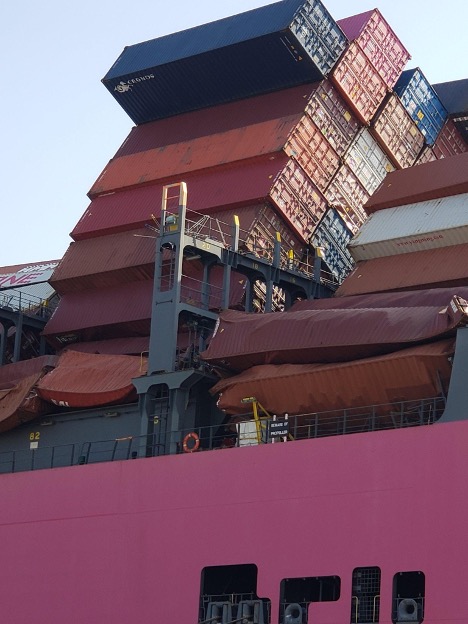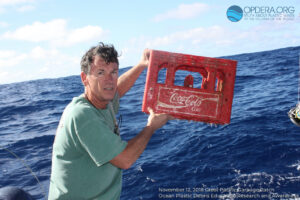On November 30, 2020, The Ocean Network Express’s (“ONE”) Apus, a 14,000 TEU containership built in 2019 measuring 364-meters in length and sailing under the Japanese flag, lost thousands of containers overboard in one of the worst container ship disasters. The container ship, ONE Apus, was en route from China to Long Beach, CA, when it hit bad weather, causing it to roll and lose approximately 1,861 containers 1600nm Northwest of Hawaii. These conditions, while severe, are no excuse for the incredible amount of waste ONE Apus has dropped into our oceans. Just one month before this disaster, a sister ship, ONE Aquila, spilled over one hundred containers on the same route to Long Beach. According to the World Shipping Council, from 2017-2019, 779 shipping containers are lost on average per year. In one month, ‘ONE’ (Ocean Network Express Pte. Ltd.) container ships have lost at least 1,961 containers in the Pacific Ocean. According to a leading industry consultant, Paul Kamen, “Container tie-down is a mature technology these days, and there’s really no excuse for a failure.” He went on to say that the ships use acceleration prediction algorithms, and the tie-down plans are generated and checked by computers. The real question Paul Kamen and OPDERA want to ask NYK Shipmanagement, the owner/manager of both vessels, is: did they follow the recommended tie-down plan and use the correct hardware? Photos of the ship arriving in Japan suggest that they did not.
Written by Janell C. Clark, OPDERA
Photo credits to @nobuya0827 on Twitter.

Premier: The Great Pacific Garbage Patch Documentary
Join us for the Screening of:
The Great Pacific Garbage Patch Documentary.
Friday, November 8 · 5:30 – 8pm PST
Sports Basement Presidio
610 Old Mason Street San Francisco, CA 94129





